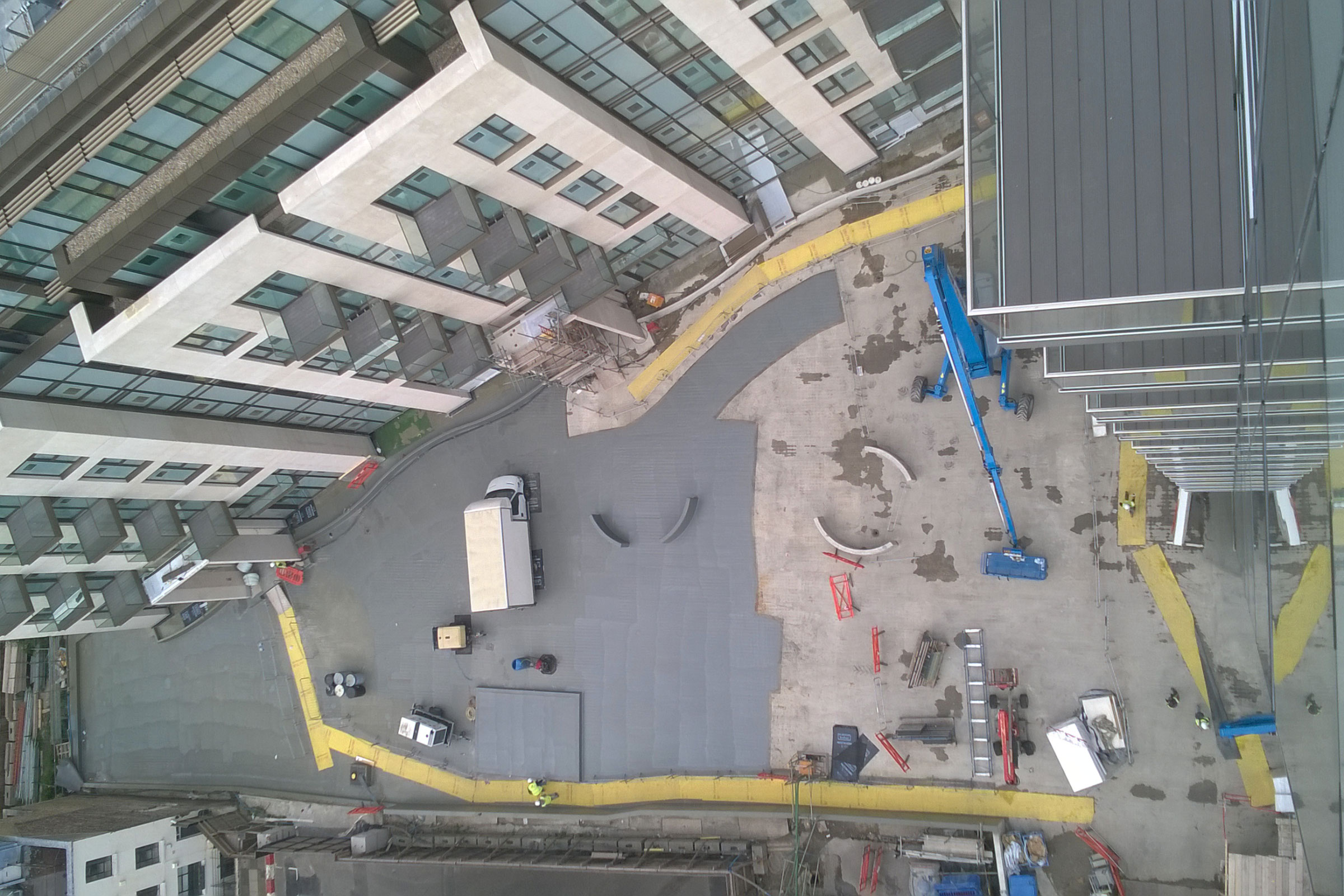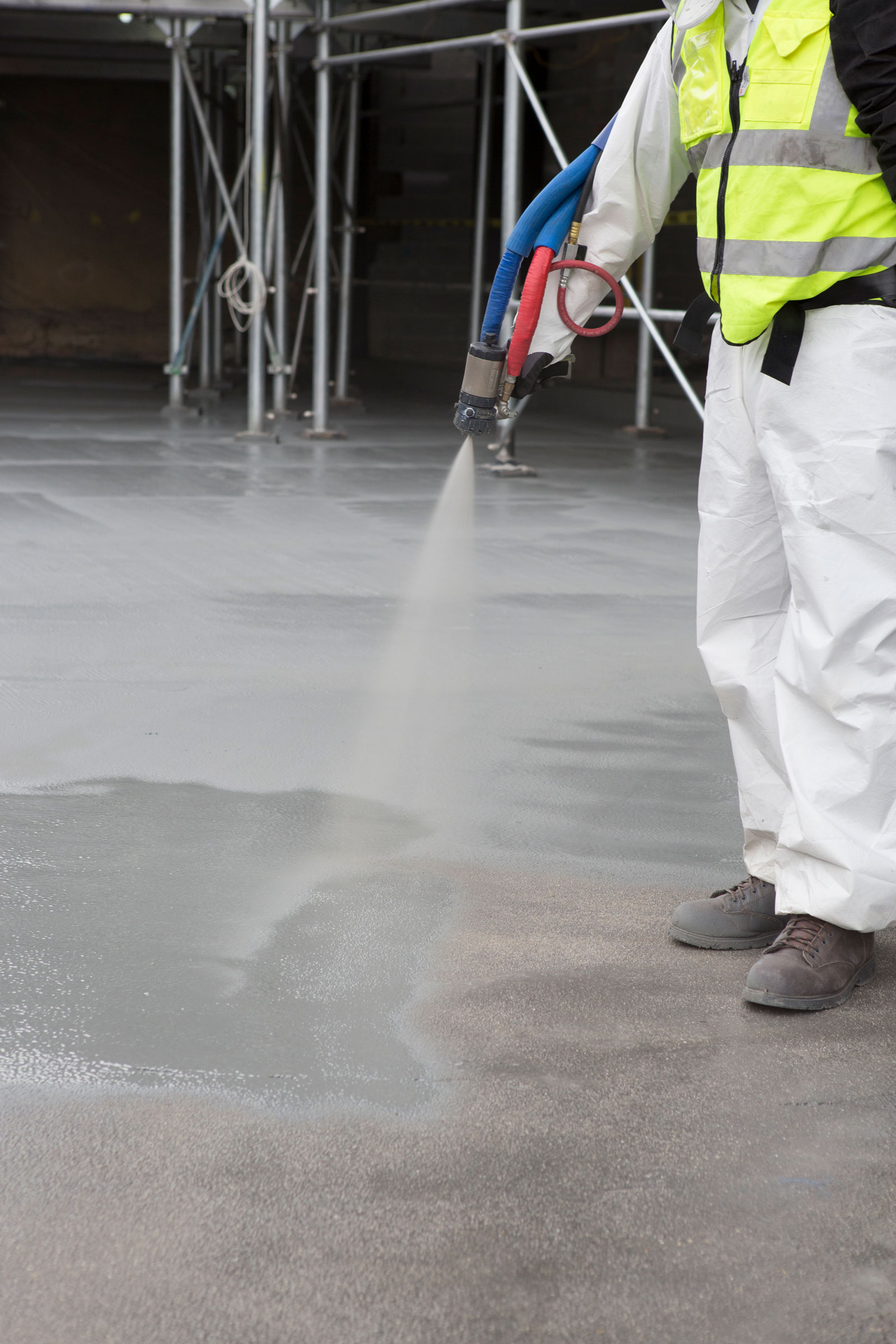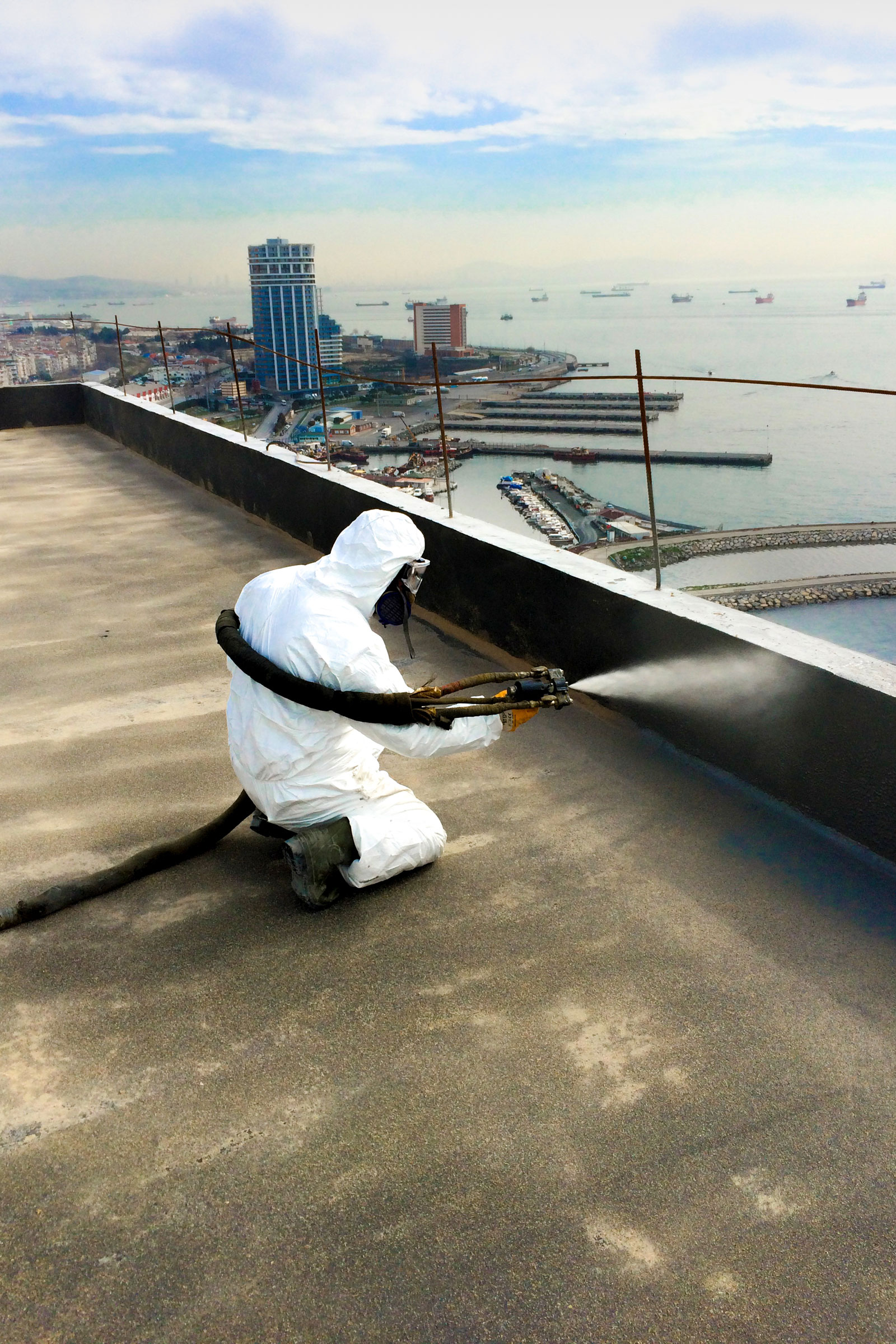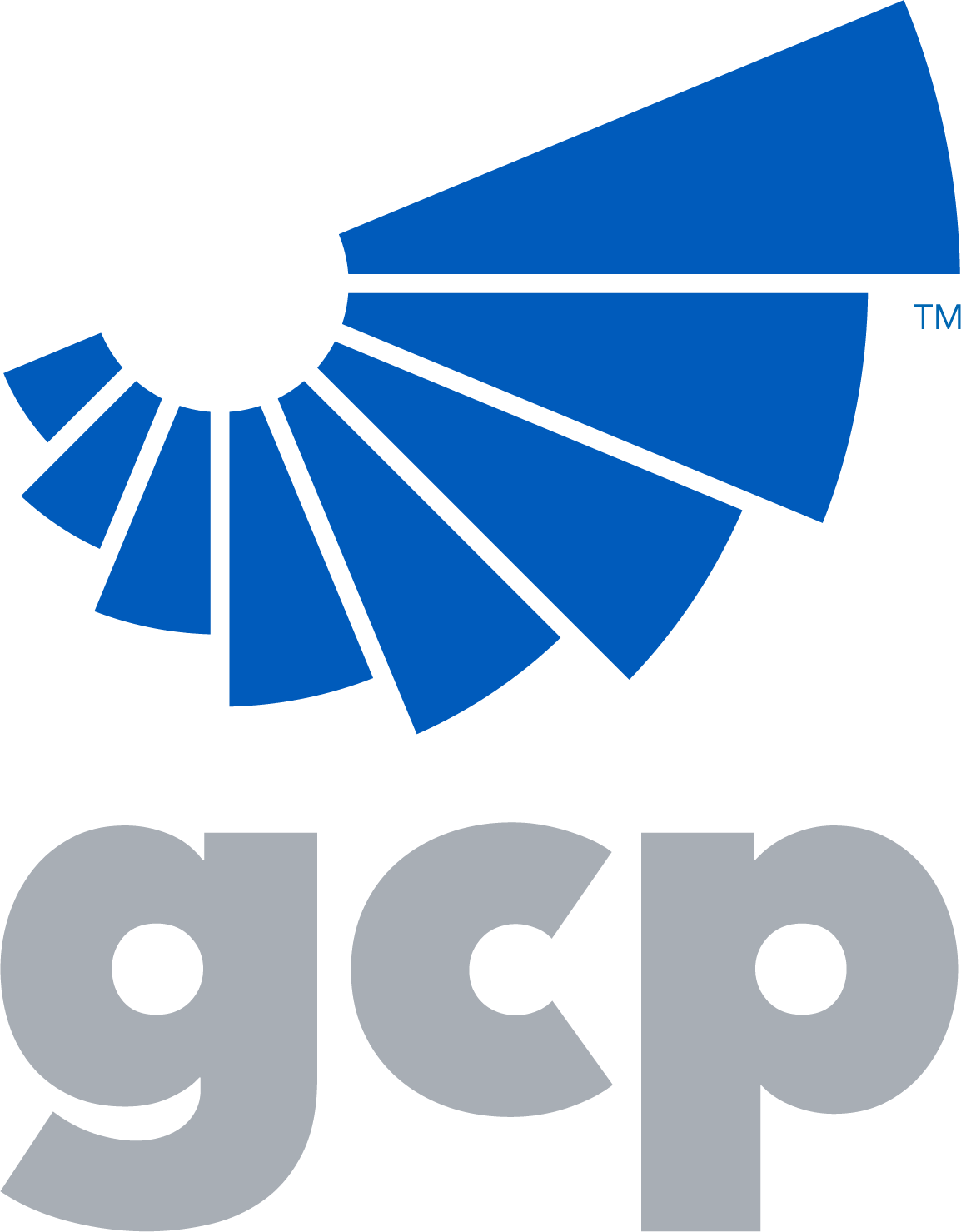Story at a glance:
- The total amount of time needed to complete the waterproofing system installation should be considered carefully when exploring various product options.
- Commercial builders, designers, and architects should look closely at the time required for each step, from preparing the materials and substrate to applying the product and curing when evaluating the application.
- Each waterproofing system option is vastly different, especially when you compare cold-applied versus hot-applied waterproofing systems.
Construction projects are always on tight schedules, as they involve numerous tasks and jobs performed by a variety of vendors or trades—each within specific timeframes and deadlines. It’s necessary to keep the numerous jobs moving along and meeting those deadlines. Delays incur added costs for equipment rentals and for labor, which can be costly as they wait to come onsite to start or proceed with a job.
Sequencing is critical as certain jobs on a construction site need to be completed before others can begin and may take time before enabling a return to service. In the case of waterproofing, the system needs to be fully dried or cured before anyone can enter the area to walk or perform work.
The time needed to complete a waterproofing job is especially vital in an emergency renovation or repair scenario. For example, if a multimillion dollar commercial building in a city’s downtown has water from the roof or horizontal deck penetrating the penthouse below, there is a very short window of time (typically only four hours) to resolve the issue, keep the tenant happy, and avoid significant internal damage.
The Time Factor in Waterproofing
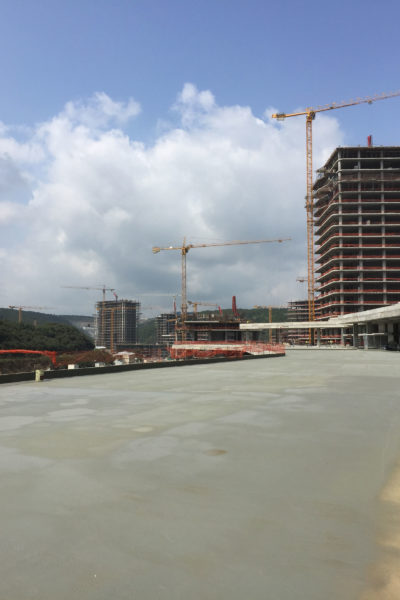
Photo courtesy of GCP
Waterproofing includes several steps: preparing the surface or substrate that is being waterproofed, preparing the materials, priming, detailing, applying the waterproofing product, applying a reinforcement or protection system, and ultimately drying or curing the system.
When comparing cold-applied versus hot-applied liquid waterproofing systems, there are vast differences in the number of steps, what’s required for each step and, ultimately, the time needed to perform each step. Note that application guidelines, including the minimum concrete cure time and required preparation, are provided by the waterproofing product manufacturer and should be reviewed specifically for each project.
Preparation
Hot-applied waterproofing requires a crew to clean and prepare the substrate, then prime and detail. Detailing is a separate step, demanding a separate setup as an additional material (a polyester fabric) needs to be obtained and applied for the detailing process. In new construction the concrete must cure for a minimum of 28 days prior to beginning the preparation. It can take days to complete all the preparation required depending on the size and complexity of the project.
With cold-applied liquid waterproofing, there are some systems that can go on 14-day-old concrete. The crew cleans and prepares the substrate in the same way; however, the detailing is greatly simplified. Generally these steps take one to two days depending on the project size and complexity, about a third of the time required for hot applied systems.
Time-saving benefits of cold-applied versus hot-applied liquid waterproofing during preparation: Cold-applied, like GCP’s SILCOR® liquid waterproofing system, has two to three times faster preparation time than hot-applied. Waterproofing can begin seven days earlier than with traditional hot applied methods. This equates to a two-week schedule savings over using a hot-applied process.
Application
- Photo courtesy of GCP
- Photo courtesy of GCP
Building the membrane with a hot-applied liquid waterproofing system requires five to six layers, including primer, rubberized asphalt and reinforcement, and the protection layers made of separate materials. In addition, there is the time needed—about three hours each day—to heat up the rubberized asphalt in a kettle and bring it to 375 to 400°F. The average hot-applied installation is 2,100 square feet per day in an open area, including primer, first ply, reinforcement, second ply, and protection board. The detail work is separate.
The cold-applied liquid waterproofing membrane requires only two layers including primer, which expedites the construction program at least three times faster. No reinforcement layer is required, as the membrane is robust enough to take on the site traffic in two hours or less. A comparable cold-applied installation covers 7,000 square feet per day, or more, including primer, membrane, and details. It requires a crew of only two installers and an easy-to-use spray machine that can go straight to the site and, for smaller areas and certain application, a hand-applied version of the same material can be used.
The cold-applied liquid waterproofing application is clearly much simpler, saving time and labor compared to a hot-applied system. There is virtually no prep time needed for the membrane material, as the crew only needs to mix the product components, per the manufacturer’s instructions, and they are ready to go.
Time-saving benefits of cold-applied versus hot-applied liquid waterproofing during application: With fewer steps involved, cold-applied is three to four times faster to install than hot-applied.
Curing/Return to Service
The time that it takes for the hot-applied installation to cure or harden and for the surface to be ready for return to service can be up to 24 hours. Cold-applied installation can withstand foot traffic in as little as 2 hours and enables faster construction sequencing.
Time-saving benefits of cold-applied versus hot-applied liquid waterproofing during curing: Cold-applied can be 12 times faster than hot-applied to cure and enable a return to service.
The Speed of Spray-Applied versus Hand-Applied Waterproofing
Cold-applied liquid waterproofing is available in a spray-applied and a hand-applied version. With the spray-applied version, the liquid is simply mixed and applied. It’s a faster application than the hand-applied version, as it allows the crew to immediately apply a single membrane. With the hand-applied version, the liquid is poured onto the concrete surface and spread quickly and easily with a squeegee.
Conclusion
Time is money when it comes to meeting project schedules on construction sites. The time savings offered by cold-applied liquid waterproofing over hot-applied translates to cost savings in terms of labor, materials, and equipment rentals. Among the liquid waterproofing options, cold-applied not only saves time and money; it also provides a more durable product and a safer, more sustainable solution, as they use less lb/sft material when compared with heavy hot applied materials, which can also increase the dead load on the structure handling kettle at jobsite at >350°F temperature can be hazardous and may pose injury and fire hazard.
Note: Installation time comparisons are based on industry information.

